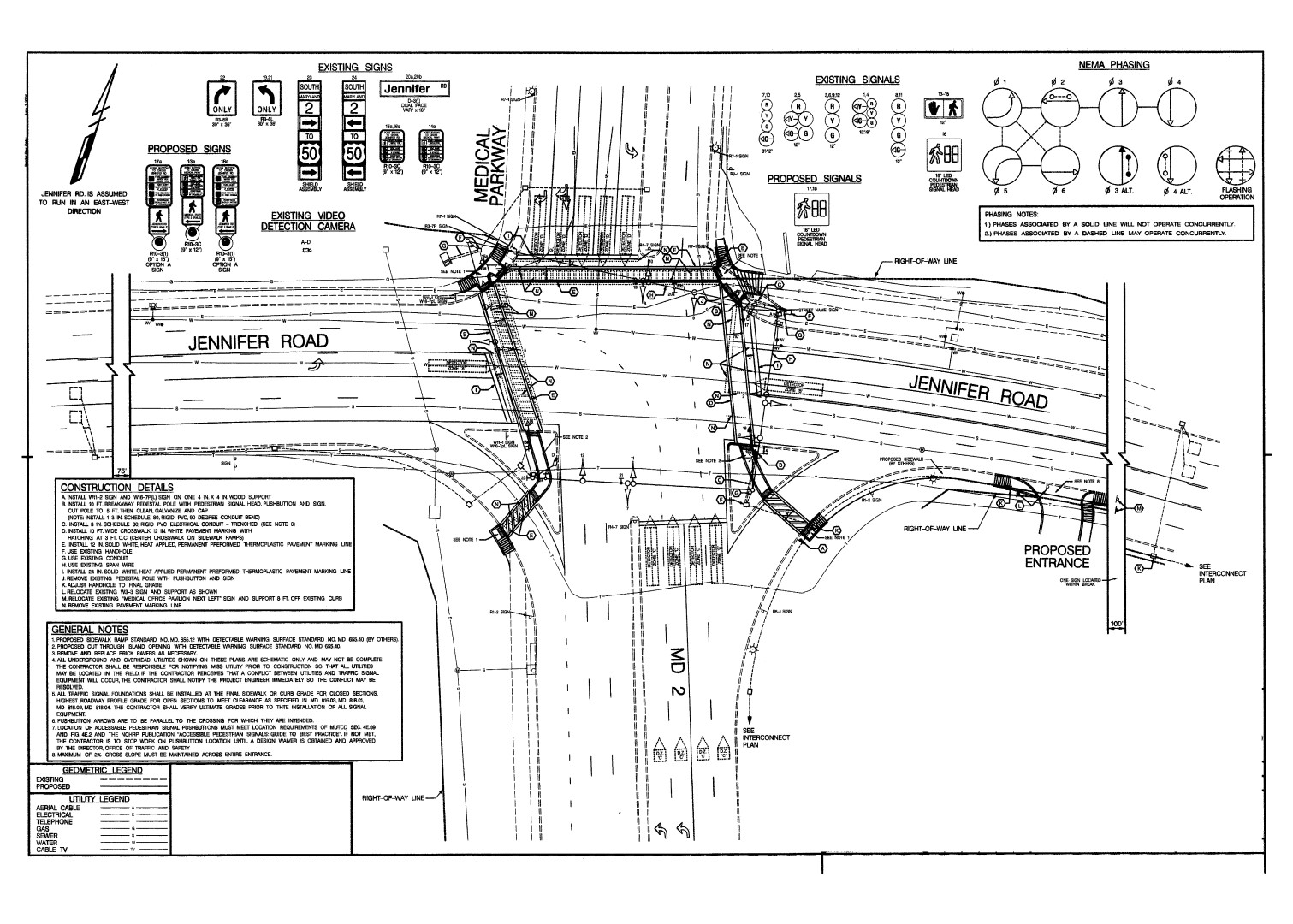Those of us that monitor the Google Doodle (Google) know now that the traffic light is 101 years old. The first traffic light was installed in Cleveland, Ohio, on Aug. 5, 1914, at the corner of 105th and Euclid.
A lot of advancements have been made in traffic light technology in the last 101 years. In addition to red, amber and green, there can be arrows and countdown timers, there can be flashing lights and multiple columns (known as signal head sections), and you can have them all in almost every combination imaginable. There are vehicle detection loops, called inductive-loop traffic detectors, which can detect vehicles passing or arriving at a certain point approaching a traffic light. To give you a flavor of the complexities of today's traffic signals as opposed to those that Model T's waited at, consider just this aspect of traffic signals. An insulated, electrically conducting loop is installed in the pavement. The electronics unit transmits energy into the wire loops at frequencies between 10 kHz to 200 kHz, depending on the model. The inductive-loop system behaves as a tuned electrical circuit in which the loop wire and lead-in cable are the inductive elements. When a vehicle passes over the loop or is stopped within the loop, the vehicle induces eddy currents in the wire loops, which decrease their inductance. The decreased inductance actuates the electronics unit output relay or solid-state optically isolated output, which sends a pulse to the traffic signal controller signifying the passage or presence of a vehicle. Many intersections now have unmanned camera systems integrated into the traffic lights to monitor and ticket offenders.
One thing that can be said with certainty, however, that all these advancements haven't eliminated traffic accidents. Statistically speaking, it has been stated that 40% of all fatality related accidents happen at or near an intersection.
Forensic engineers and accident reconstructionists are concerned with traffic lights for two major reasons. First of all, understanding traffic lights and their unique timing sequences can be an invaluable resource when reconstructing an accident and determining what happened and when. Secondly, the traffic signal, if it is not properly functioning, can sometimes be found to be the reason for the accident.
 Understanding traffic light sequencing is significantly more complicated than the child hood game of “Red Light Green Light.” If you've ever seen the Signalization Plan for a local intersection, (the above diagram is just a small portion of one), you know that it's similar to looking at the blue prints for a major construction projects and all the diagrams, charts, and matrices are completely indecipherable to the common layperson. But, read correctly, they can provide invaluable insight as to how an accident occurred. Timing is a crucial component in most accident reconstructions, but especially so when reconstructing accidents that occur in intersections. Eastbound pick-up truck running into the side of northbound sedan has very different ramifications and consequences than eastbound pick-up truck being run into by northbound sedan. Knowing the timing sequences of lights, and what lights each driver and witness were seeing is crucial information.
Understanding traffic light sequencing is significantly more complicated than the child hood game of “Red Light Green Light.” If you've ever seen the Signalization Plan for a local intersection, (the above diagram is just a small portion of one), you know that it's similar to looking at the blue prints for a major construction projects and all the diagrams, charts, and matrices are completely indecipherable to the common layperson. But, read correctly, they can provide invaluable insight as to how an accident occurred. Timing is a crucial component in most accident reconstructions, but especially so when reconstructing accidents that occur in intersections. Eastbound pick-up truck running into the side of northbound sedan has very different ramifications and consequences than eastbound pick-up truck being run into by northbound sedan. Knowing the timing sequences of lights, and what lights each driver and witness were seeing is crucial information.
Traffic signals can at times be the cause of accidents. Timing sequences sometimes do not function properly. If they are not maintained correctly, they can experience what is known as creep. If this is the case, the detailed timing plans that are created to maximize traffic flow and safety, can actually make accidents more likely. Green arrows into oncoming traffic or adjacent greens at the same time can have fatal consequences.
When investigating a case or claim involving an accident at traffic lighted intersection, it is usually a good idea to inspect the light and the signalization plan, especially if statements and depositions taken point to a lack of clarity as to what lights the parties involved were seeing.
Trained engineers can assist you with deciphering and understanding these signalization plans and other pertinent documents and provide the understanding of what happened. CED engineers know how to identify the owner and recover the necessary documentation needed to understand the historical performance of the signal to conduct their analysis.
Featured Engineer: Robert L. Miller, P.E. Senior Mechanical Engineer






